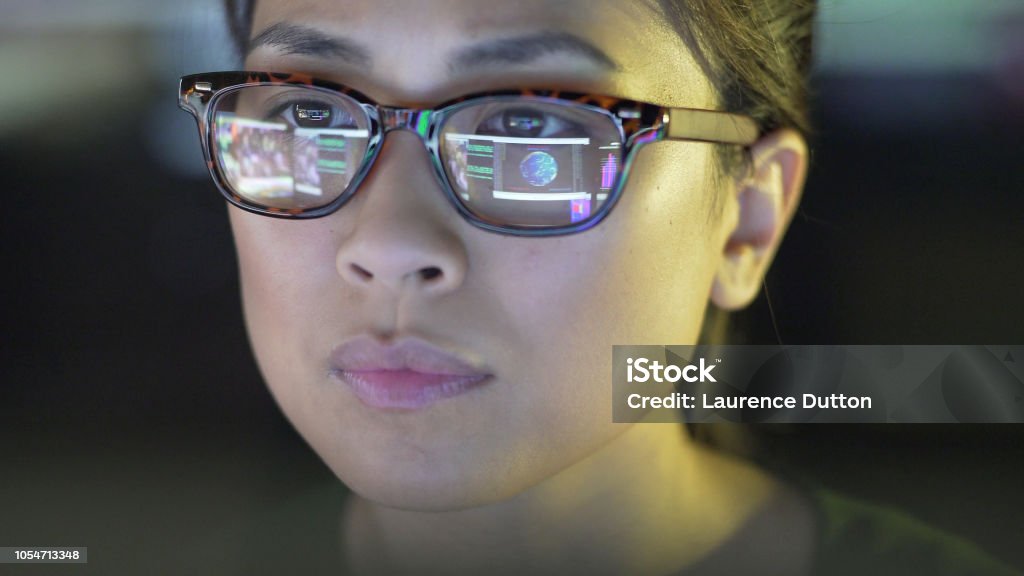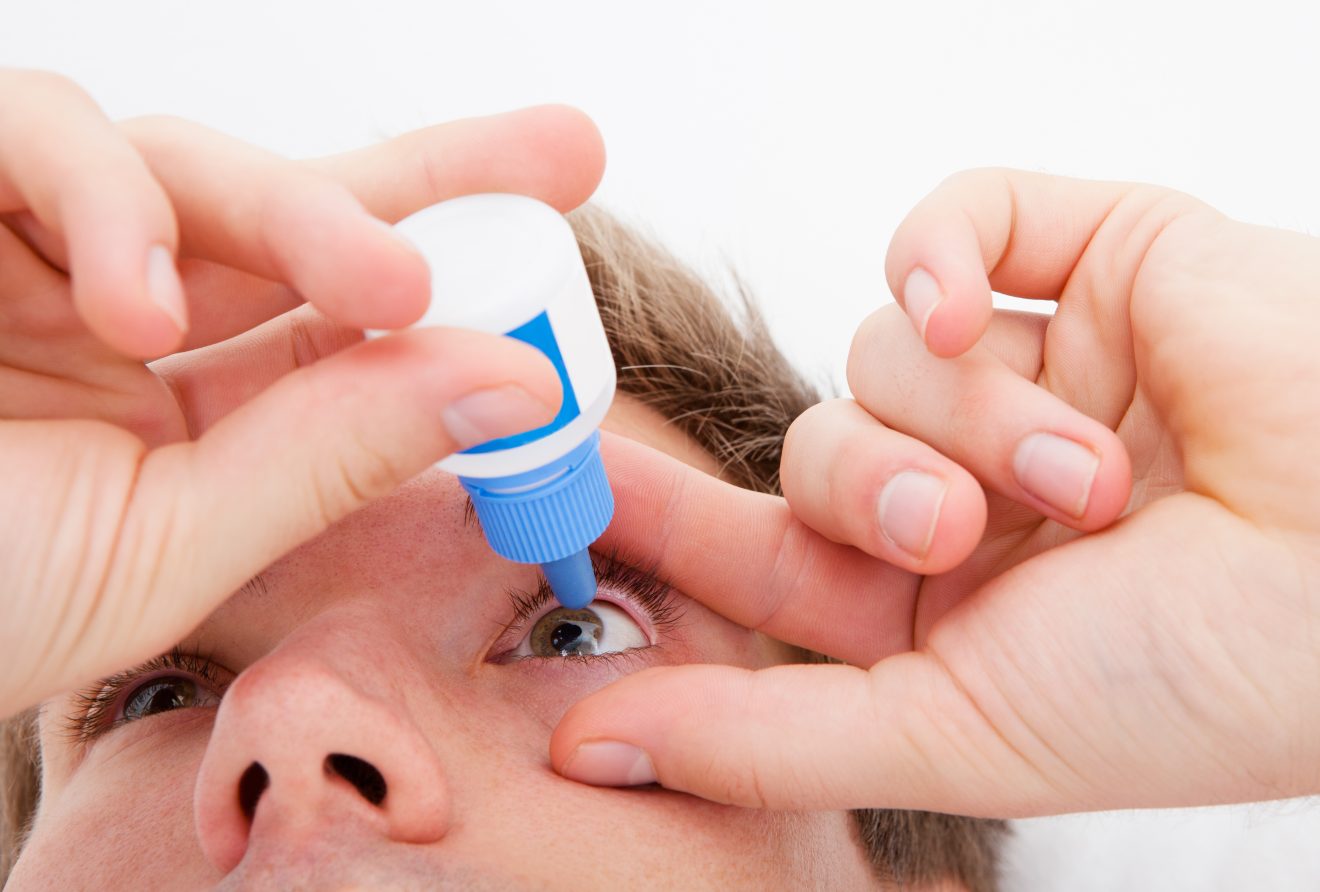Why the NHS sight test doesn’t help slow readers
The NHS Sight Test, often known as an eye exam or vision screening, primarily assesses visual acuity (how far you can see down the test chart) and the ability to see clearly at a distance.
Do activities like reading or working on the computer make your eyes feel itchy and scratchy? Then you probably have Dry Eye Syndrome. It’s a common problem but you don’t have to live with it.

‘Dry Eye’ is self-explanatory. Our eyes should be permanently moist, fresh and comfortable. The problem affects many people, particularly postmenopausal women and contact lens wearers. The condition is related to the quantity and quality of your tears, which is affected by numerous factors including acne, hormone imbalance, eyelid abnormalities, medications such as antihistamines, decongestants and birth control, and exposure to air pollutions.
In addition, warm air central heating or the ventilation fan in your car plus other environmental factors can all play a part. It is also a known fact that people do not blink as often as they should, when they are using a computer.
If you think you have dry eyes, talk to your Optometrist. They will provide you with a questionnaire to help diagnosis. There are also simple tests to perform to analyse your tear chemistry and the amount of tears you produce.
If the problem persists, then book an appointment for our Dry Eye Clinic.

The NHS Sight Test, often known as an eye exam or vision screening, primarily assesses visual acuity (how far you can see down the test chart) and the ability to see clearly at a distance.